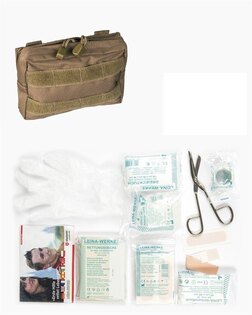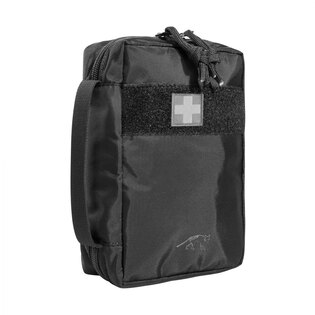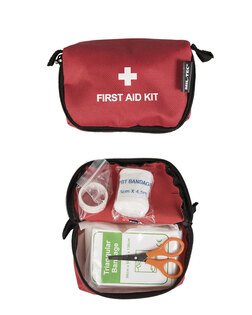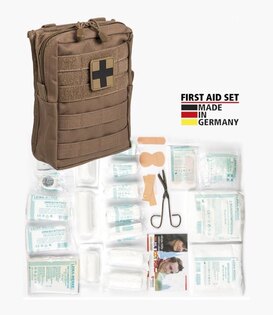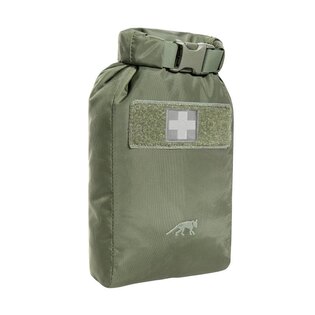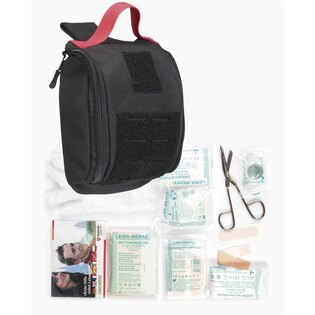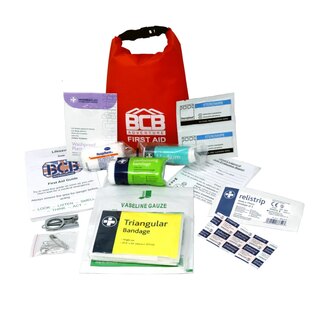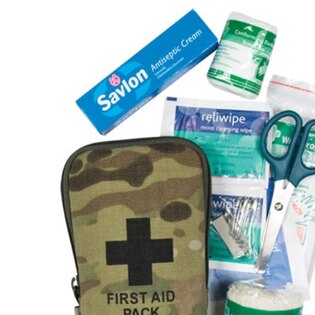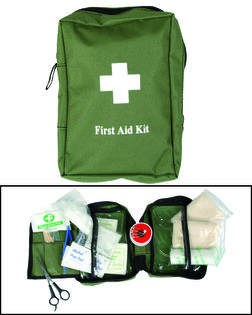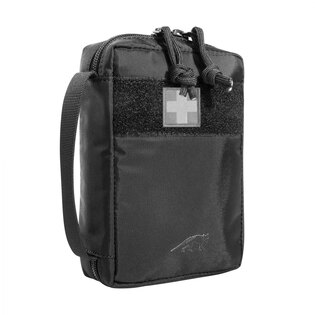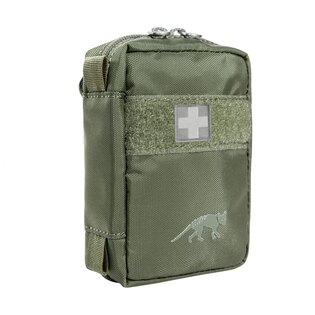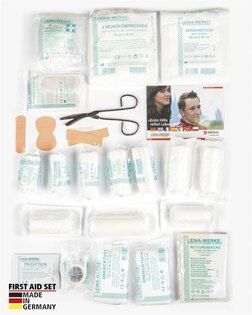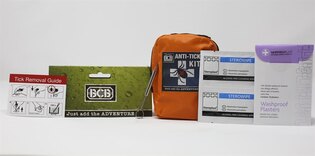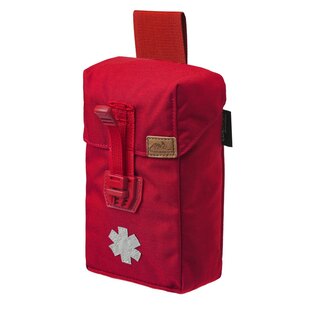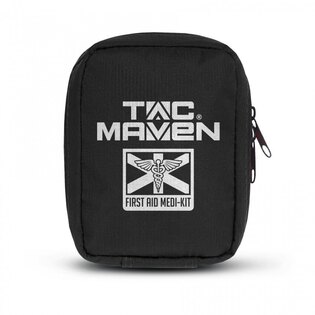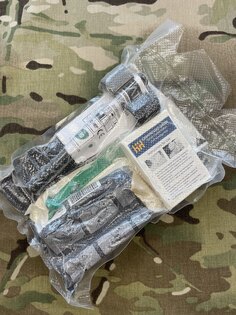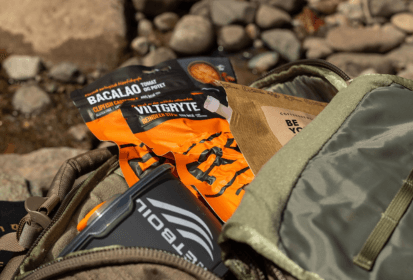How to Equip a First Aid Kit for Short Outdoor Trips
Carrying a first aid kit during your outdoor adventures is always highly beneficial. You never know what could happen, so it's better to be prepared for the worst. We'll help you assemble a kit that will allow you to handle the most common injuries and health problems you might encounter on short trips into nature.
Choosing the Right First Aid Kit
Whenever you head outdoors, it’s a good idea to carry a first aid kit. If you're going on a multi-day trip away from civilization, it should be an essential part of your gear. Emergencies can happen anytime, and being ready can make all the difference
First, you'll need a pouch or case to hold your medical supplies. The market offers a wide range of medical pouches and kits in different shapes, sizes, and attachment systems—choose one that suits your needs.
Easy Accessibility Matters
If your backpack or gear features MOLLE webbing, consider a MOLLE-compatible pouch. Alternatively, you can use a standard pouch with internal organizers for easy access. Having a kit that you can quickly reach without digging through your backpack is obviously practical, but even a simple bag will do. The key is simply having a first aid kit at all.

Whenever you head outdoors, it’s a good idea to carry a first aid kit.
Universal Contents
Once you've selected a pouch, the next step is to decide what to pack. Since you can't predict every situation, your first aid kit should be equipped with versatile supplies that allow you to manage a wide range of injuries. It’s equally important to learn how to use every item you pack. Carrying equipment you don't know how to use is pointless and could slow you down in an emergency. Always read instructions or watch videos explaining the use of each item.
This article focuses on building a universal outdoor first aid kit designed to handle the most common issues and injuries.
What Shouldn't Be Missing?
You might be surprised, but the first thing you should see upon opening the kit is a complete list of its contents. Why? Because in an emergency, someone else might have to use your kit, and time is critical. A clear inventory helps them quickly find what they need without wasting precious minutes searching.
Bandages and Dressings
Bandages are the foundation of any first aid kit. They are essential for covering wounds, stopping bleeding, and securing other medical supplies to injuries. There are many types of bandages, but having any kind is better than none. Army-issued waterproof field dressings are highly recommended for outdoor use since they withstand wet conditions.
Pressure bandages are ideal for stopping bleeding, and you might also consider carrying a tourniquet for serious injuries. However, for most typical outdoor wounds, pressure bandages are sufficient.
Elastic Bandages, Tape, and Plasters
When hiking through rugged terrain, you should also carry an elastic bandage in case of sprains (e.g., twisted ankle). For securing dressings, bring medical adhesive tape, and don’t forget a selection of plasters for minor cuts and blisters.
There are also special blister plasters that offer excellent healing support.
Additionally, pack some sterile gauze pads for dressing wounds and a triangular bandage for immobilizing arms if necessary.
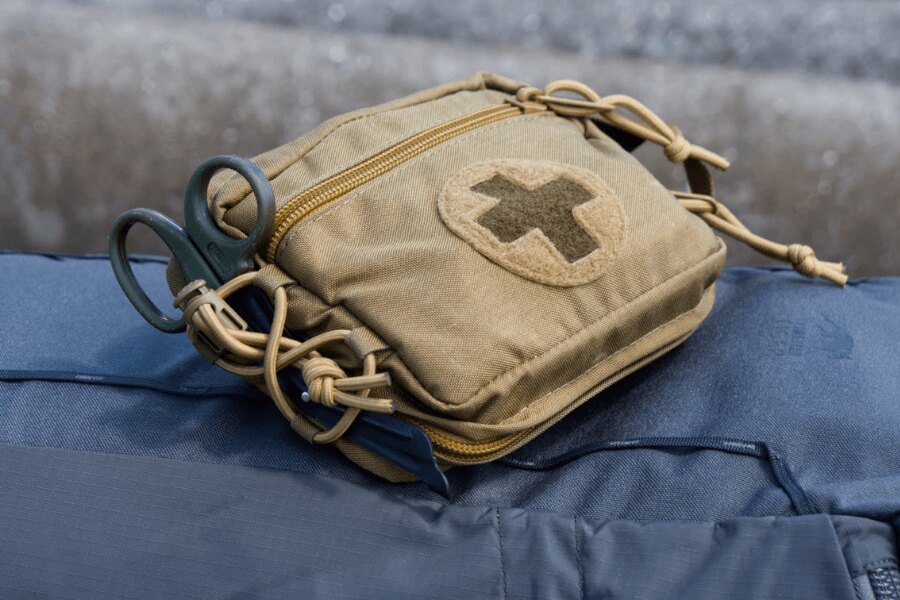
You might be surprised, but the first thing you should see upon opening the kit is a complete list of its contents.
Basic Set of Medications
Medications are another crucial part of your kit.
If you take any prescription medication, pack an extra dose in your kit. Store all pills in a sturdy box to prevent loss or damage.
Suggested basics include:
- Painkillers: Aulin for strong pain, or the reliable classic Ibalgin.
- Antihistamines: Zyrtec or another trusted anti-allergy medication.
- Fever reducers: A few Paralen (acetaminophen) tablets.
- Anti-diarrheal medication: Activated charcoal is a simple, effective option.
While pills are small and light, don’t go overboard with quantities for short trips.
Insect Bites and Rashes
Insect bites can cause severe reactions in some people. Always carry a gel for insect bites—it’s essential, especially when hiking with children. Additionally, for preventing or treating skin irritation and rashes, pack a small tube of Bepanthen, useful for treating chafing, rashes, and minor burns.
Disinfectants
Never forget to include a small bottle of disinfectant to clean wounds. Hydrogen peroxide is common, but Betadine (which doesn’t sting) is a great alternative, especially for use with children. For eye injuries, an eye ointment like Ophthalmo-Septonex can be a lifesaver, helping treat infections or contamination.
Basic Medical Tools
The tools you pack will depend on your skills, but even with minimal knowledge, a few basics are essential:
- Trauma shears (rounded-tip scissors) to safely cut clothing.
- Tweezers for removing splinters or ticks.
- Scalpel blade (in sterile packaging) for serious wound treatment.
- Latex gloves to maintain hygiene and prevent infection.
These tools take up little space but can be critical in an emergency.
Additional Useful Gear
An emergency thermal blanket (isothermal foil) is a must.
It preserves body heat in cold conditions or shields from overheating under the sun, depending on how it's used.
Simply remember:
- Silver side inward = retain heat.
- Gold side inward = reflect heat away.
Thermal blankets are also useful in sleeping bags for extra warmth at night.
These are basic recommendations for anyone heading out on a short trip into nature. Of course, you should always adapt your kit to your specific needs. Finally, take the time to learn how to use the items you carry. Knowing what to do in an emergency is just as important as having the right equipment.

























































































































